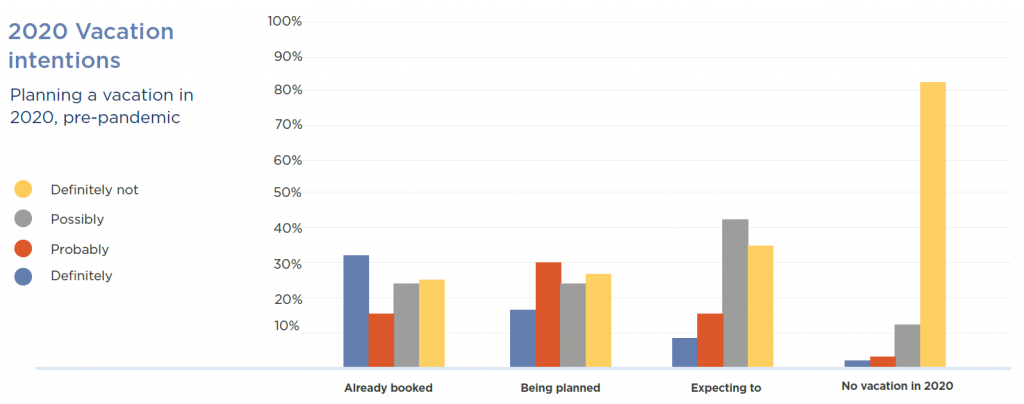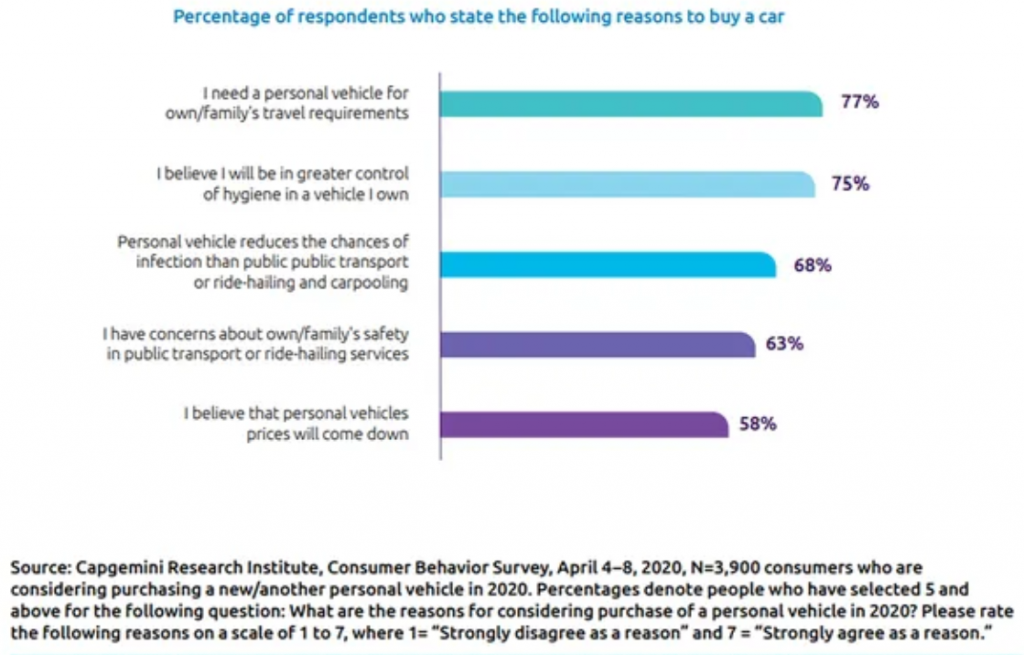Kristen Z, Transportation Planner
[<2 Minute Read]
At its core, the transportation planning process is a PROCESS. It is a process that strives to delicately and appropriately combine three inputs:
- Data
- Public and Stakeholder Will
- Political Forces
State Departments of Transportation (DOT), Metropolitan Planning Organizations (MPOs), Councils of Governments (COGs), and Regional Council (RC) planners and administrators are charged with combining these three inputs into a transportation improvement program that must be carried out. The outcomes are then presented to the decision-makers – usually their own Board of Directors.
The decision-makers care about the outcomes and need to be assured that a process is in place. Meanwhile, transportation planners must focus on the nuances and mechanics of the process. (Politically savvy planners often have the known political factions in mind when developing and executing the process). Some folks call it, “making sausage”.
While the three components are necessary for all transportation improvement programs (data, public + stakeholder will, and political forces) – finding the “right” proportions is the trick, and often varies. Some organizations manage to balance all three while some emphasize one or two components over the others. The following are questions that agencies should consider when analyzing the three components in their transportation planning process:
1. Data
- Is summary data available about existing infrastructure, travel patterns / preferences, costs, and trade-offs?
- Are the costs and benefits of the projects in the current transportation plan or (state) transportation improvement program (TIP) well understood?
- Are performance measures in place and linked to the likely outcomes of potential transportation infrastructure projects, programs, and strategies?
2. Public + Stakeholder Will
- Has there been a large show of support (or opposition) from the public over the proposed projects?
- What mix and relative proportion of modes are valued among highways, arterials, transit, bike / ped, planning studies, and data or outreach activities?
- What means are used to obtain regionally representative inputs?
3. Political Forces
- How are engrained values incorporated into the process?
- What types of projects or benefits are popular among the decision-makers?
- Has geographic equity been incorporated into the process?
- Have decision-makers had a chance to guide the process development and vote on key milestones along the way?
After all is said and done, what are some tangible things we can point to as evidence that we carried out a “good” transportation planning process? We asked a professional planner for her take!
Q: What do you consider evidence of a good transportation planning process?
Shelby Powell, Deputy Director – North Carolina Capital Area MPO (CAMPO)
A planning process has been successful if the result is a plan that is implementable. In order to be considered implementable, a plan must have:
- Broad community support (evidence of a meaningful public engagement process)
- Financial feasibility (the outcome is a recommendation for a specific project or a set of projects that have applicability to specific funding sources)
- Technical merit (recommendations are grounded in proper analysis that shows feasibility for putting the recommendations in place on the ground)
A prior supervisor once told me: ‘if you don’t have a plan to pay for it, then you don’t have a plan!’. While knowing how you will pay for implementation is important, I think the other two elements I mentioned are equally important – why would you pay to implement something that the community does not support or is not well-thought-out enough to be able to build? A planning process must consider all of these in order to be truly successful.
What do you consider evidence of a good transportation planning process? As we ring in the new year, we challenge you to consider how your organization can make its transportation improvement program even better!
Loved this post and want to learn more? Check out our cloud-based transportation planning SaaS solution here!



